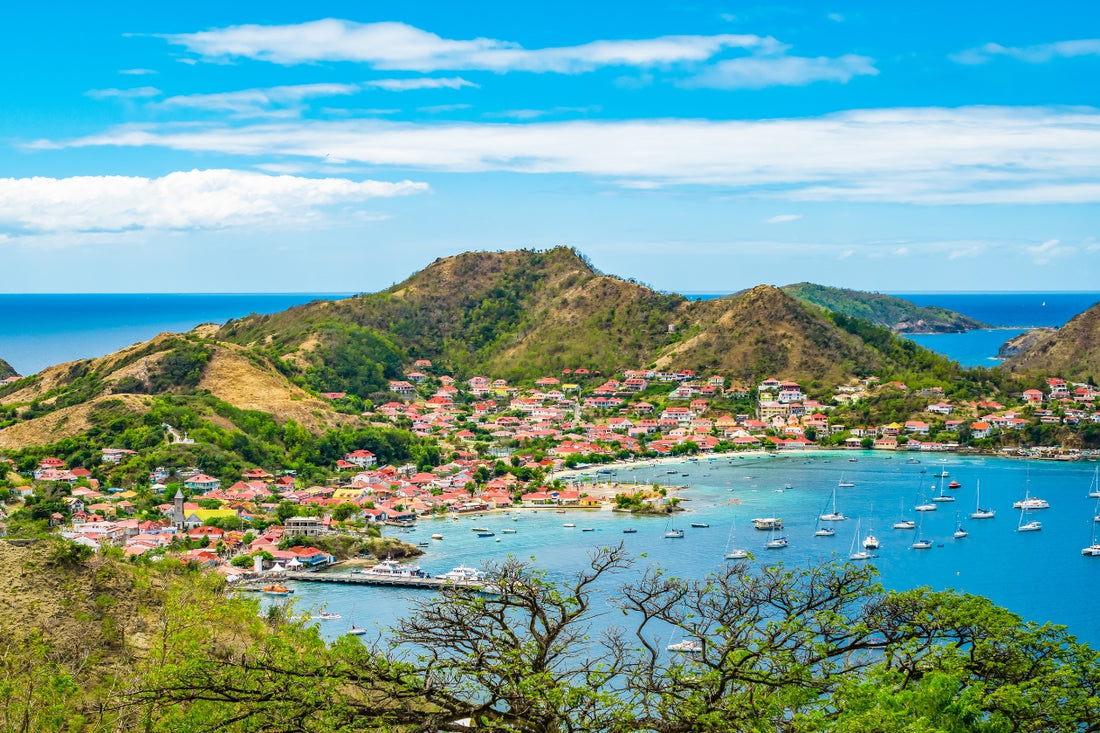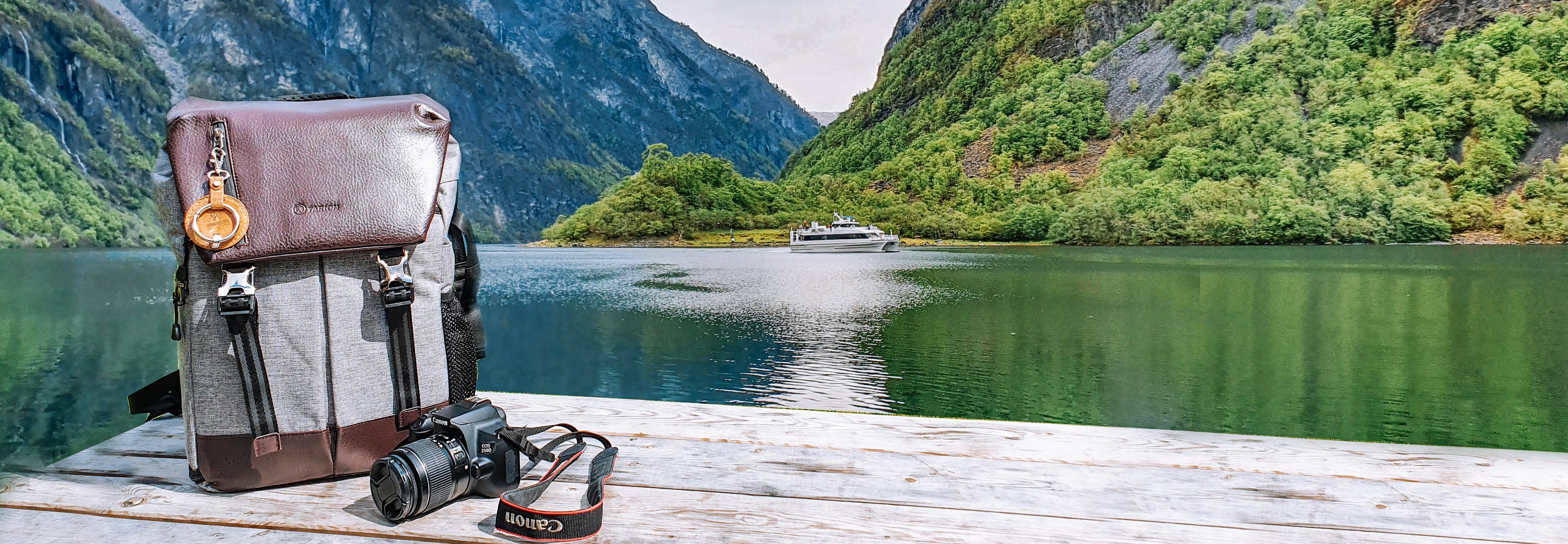
Guadeloupe - All you need to prepare the prefect trip
Share
Embarking on a journey to Guadeloupe, the Caribbean's hidden gem, requires a blend of excitement and preparation.
This blog post is your ultimate guide to navigating the enchanting archipelago with ease. From understanding the basics of communication and currency to the intricacies of local customs, we've got you covered.
As an overseas region of France, Guadeloupe offers a unique mix of European flair and tropical charm.
Whether you're a first-timer or a seasoned traveller, this post will equip you with all the essential information to make your Guadeloupe adventure both seamless and unforgettable.
Let's dive into the heart of the Caribbean with a suitcase full of insights and a spirit ready to explore!

Recent History
Nestled in the Lesser Antilles, Guadeloupe, an overseas region of France, boasts a rich tapestry of history. Shaped by a blend of Indigenous, African, and European influences, the island's recent history is marked by a transition from colonial struggles to a more autonomous status within the French Republic. This complex history has sculpted Guadeloupe's unique cultural landscape, making it a fascinating destination for history enthusiasts.
Culture and Traditions
Guadeloupe's culture is a vibrant mélange of African, French, and Caribbean influences. The island's traditions, visible in its music, dance, and festivals, celebrate this diversity. The Gwo Ka music, a symbol of Guadeloupean identity, combines African rhythms with Caribbean flair. Festivals like the colourful Carnival embody the island's spirited culture, attracting visitors from around the globe.
Why Should You Visit
Guadeloupe is a paradise for those seeking a blend of natural beauty, cultural richness, and culinary delights. The archipelago offers lush rainforests, pristine beaches, and world-class diving spots. The fusion of French and Caribbean cuisines creates an exceptional gastronomic experience. Whether you're a nature lover, a foodie, or a culture enthusiast, Guadeloupe promises an unforgettable journey.
How Long to Stay
To fully embrace Guadeloupe's charm, a stay of at least one week is recommended. This allows time to explore both the popular attractions and hidden gems, engage with the local culture, and unwind on its stunning beaches.
How to Get There
Flying: The primary gateway is Pointe-à-Pitre International Airport, with flights from Europe, North America, and other Caribbean islands.
Entry Conditions
Visitors from the EU need a valid ID card, while others require a passport. Depending on your nationality, a short-stay visa may be needed.
Not sure if you need a Visa? Check it here |
Best Time to Visit
Weather: The ideal time is between December and May, when the weather is dry and sunny.
Festivals: Visiting during cultural events like Carnival (early in the year) or the Creole Music Festival (October) adds a special flavor to the trip.
Useful Information
- Capital: Basse-Terre
- Language: French, with Creole widely spoken
- Currency: Euro (EUR)
- Bank Transactions: ATMs are readily available, and credit cards are widely accepted.
- Sockets: European standard (220V, Type E)
- Internet Access: Good in urban areas; variable in remote regions.
- Public Holidays: Reflect a mix of French and local traditions.

What to Pack
Include lightweight, breathable clothing, sunscreen, a hat, swimwear, and comfortable walking shoes. For rainforest hikes, add insect repellent and sturdy footwear.
The Best Way to Visit
Exploring Guadeloupe by road trip offers freedom to discover both well-known sites and off-the-beaten-path treasures. The island's size makes road trips convenient and rewarding.
Is it a family-friendly destination?
With activities ranging from beach outings to educational museums, Guadeloupe is a family-friendly destination offering something for all ages.
What to Visit
Highlights include the stunning beaches of Grande-Terre, the lush rainforest of Basse-Terre, and the charming Les Saintes islands.
What to Eat
Savour Creole specialties like Colombo (curry dish), fresh seafood, and the famous Guadeloupean rum.
UNESCO Heritage
The Guadeloupe National Park, including La Soufrière volcano, and the Reserve Cousteau, a renowned marine reserve, are must-visits.
Myths and Reality
Local folklore is rich with tales of spirits and legends, often intertwined with the island's history and natural landscapes. Learning about these adds depth to your visit.
Sustainability
Guadeloupe is increasingly embracing sustainable tourism practices, aiming to preserve its natural and cultural heritage for future generations.
This blend of nature, culture, and gastronomy makes Guadeloupe a multifaceted destination, offering a unique Caribbean experience.



